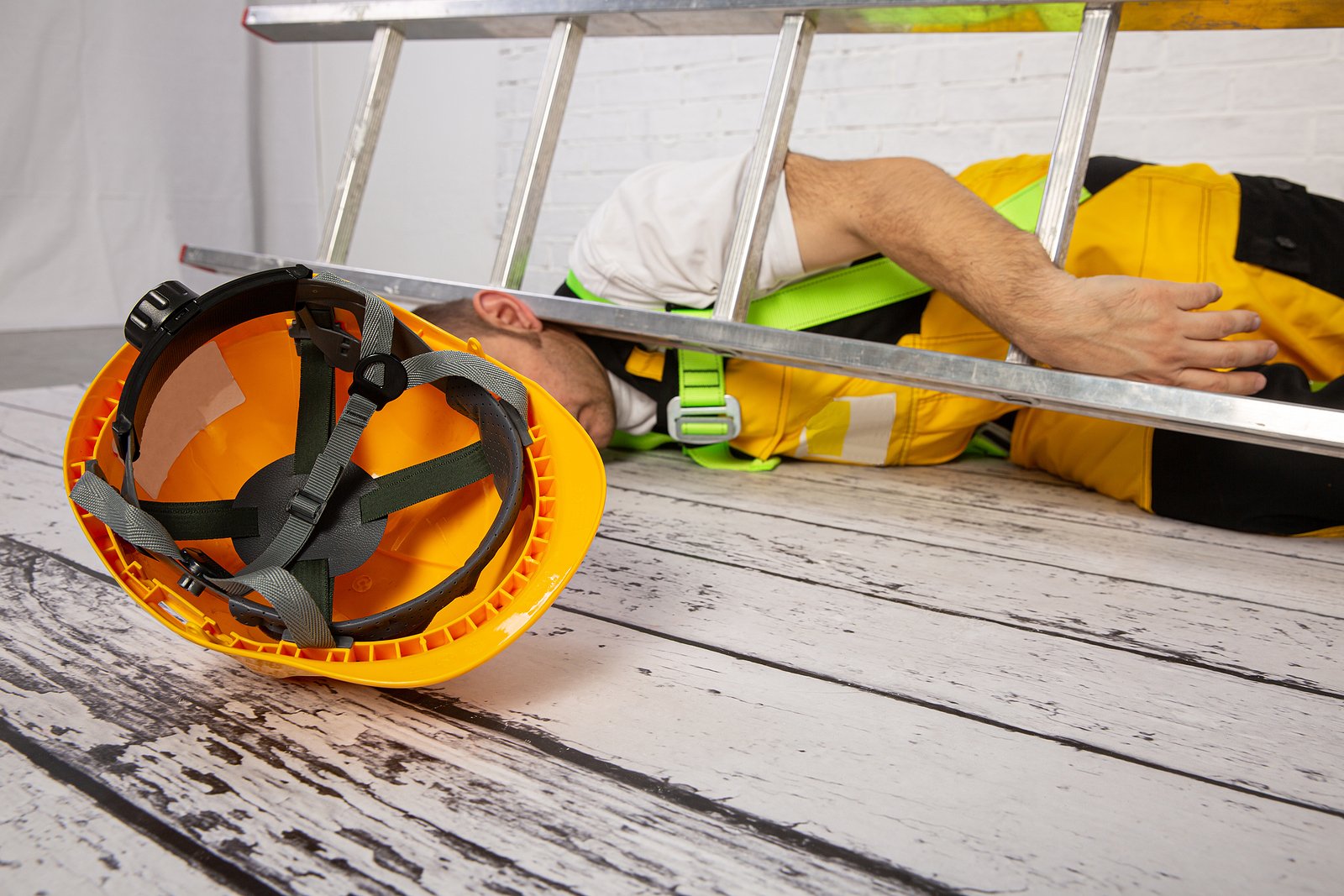
If you use ladders in your workplace, it’s a legal duty to make sure they are safe and suitable for work and inspected regularly.
Falls from ladders are a common workplace accident, HSE statistics show falls from height accounted for more than 30% of all fatal injuries and from the 150 fall-related cased investigated by HSE over a three year duration, 40% of these falls occurred on ladders.
An accident involving a faulty ladder can result in a serious or fatal injury, attract significant fines and damage company moral and reputation. So management need to ensure ladder inspections are taking place regularly and in the right way – let’s look at what this means . .
What does the law say?
Section 6 of The Work at Height Regulations 2005 has some detailed requirements for ladders in the workplace. All employers need to assess risks and conduct ladder safety inspections in their respective work environments. These inspections must be conducted at regular intervals by a suitably competent person. A competent person is someone who has the necessary technical expertise, training and experience in ladder work.
Inspections and pre-use checks
A formal inspection is a fully documented, thorough check by a competent person. Frequency will depend on use and environme
nt but as a general guideline, ladders used:
- Daily should be inspected every three months
- Weekly should be inspected every six months
- Less than monthly should be given annual inspections
These should be supplemented by pre-use checks by the person using the ladder before every use. A pre-use check shouldn’t be complicated, it’s a visual once-over to ensure everything is in safe working order and identify any issues before they lead to more serious problems. Many companies use a
pre-use checklist and tagging system to give employees an easy reminder of what to look for, record the results and ensure faulty equipment is clearly tagged as being unsafe to use. Areas covered in the pre-use check should include:
- Cracked, split, dented, loose, missing or bent stiles, rungs or treads
- Splinters or sharp edges
- The surfaces are free from grease, oil and not over-worn
- The feet are present and in good order
- The structure is free from corrosion
- Stabilising bars and rails are all in intact and operational
- The ladder is the right classification for the job
- Any ropes or pulleys are in good condition
This sort of pre-use check shouldn’t take more than 5 minutes but a short pause to check you’re not about to mount a structurally unsafe ladder could avoid a very nasty, life changing fall.